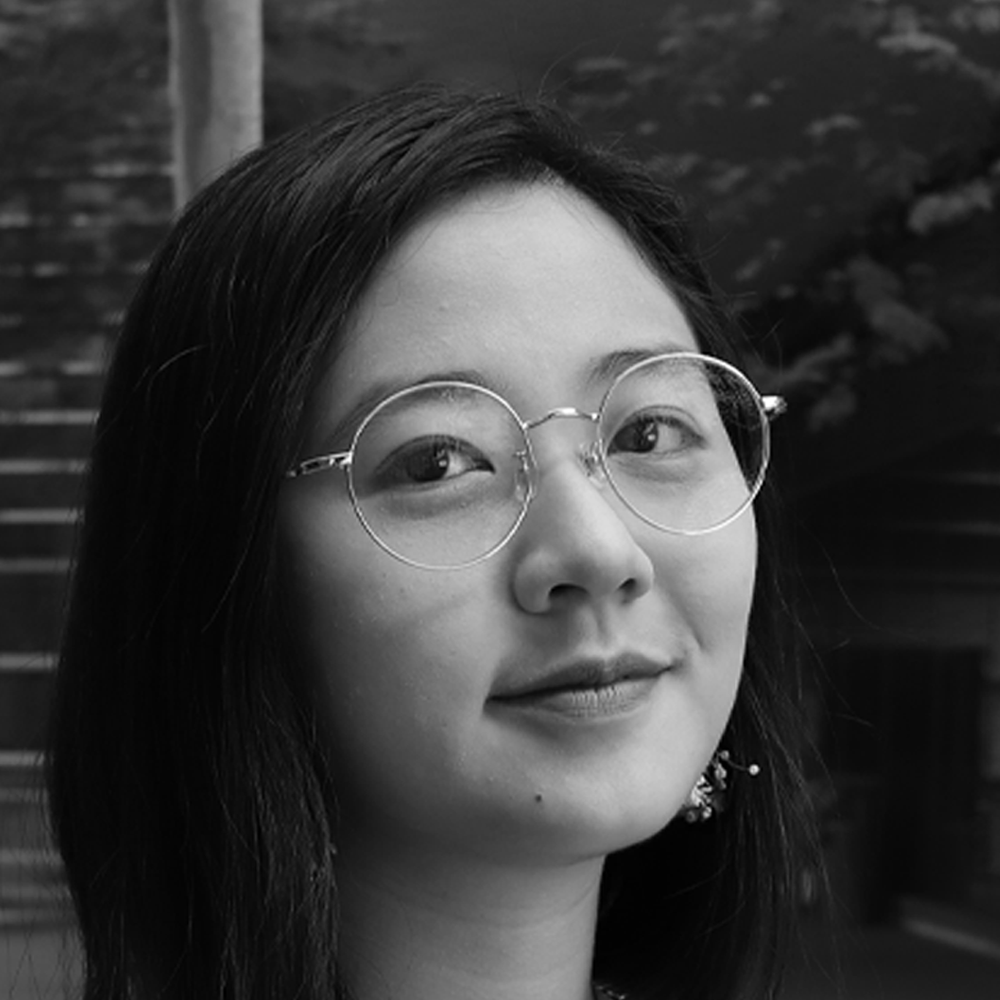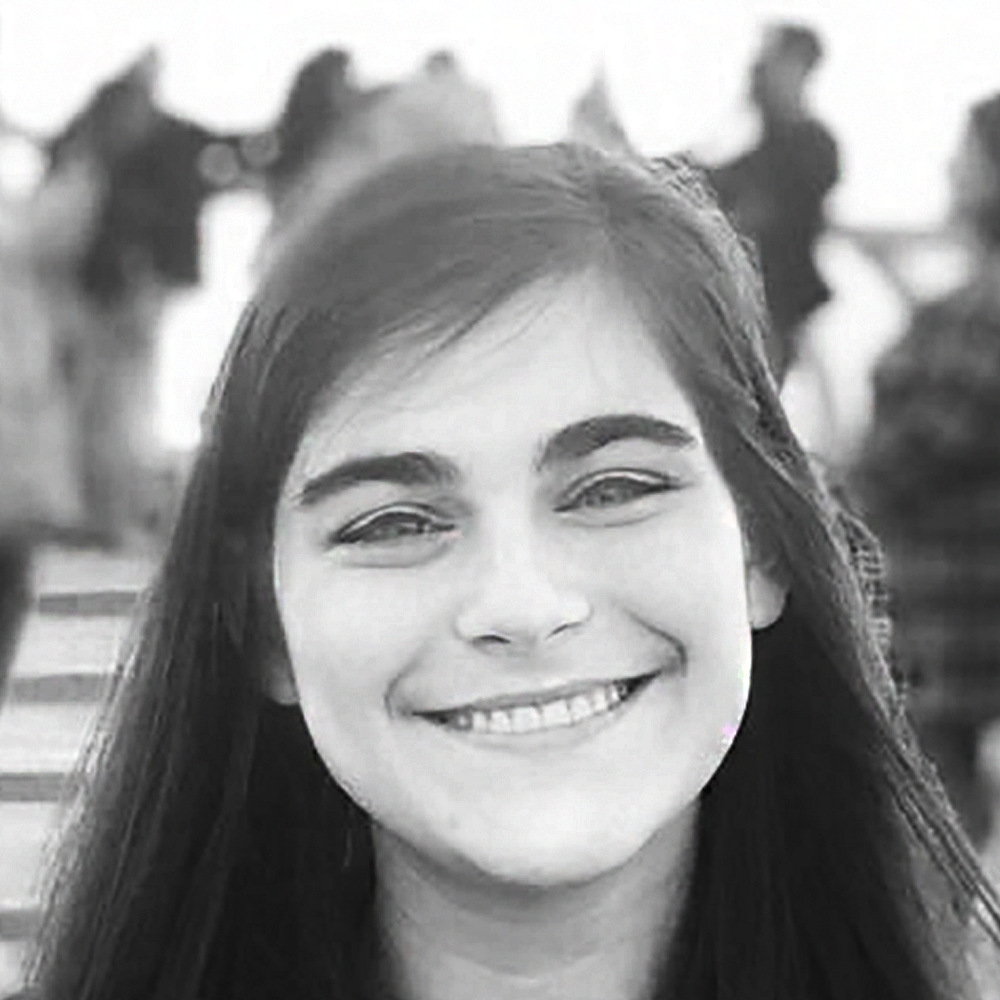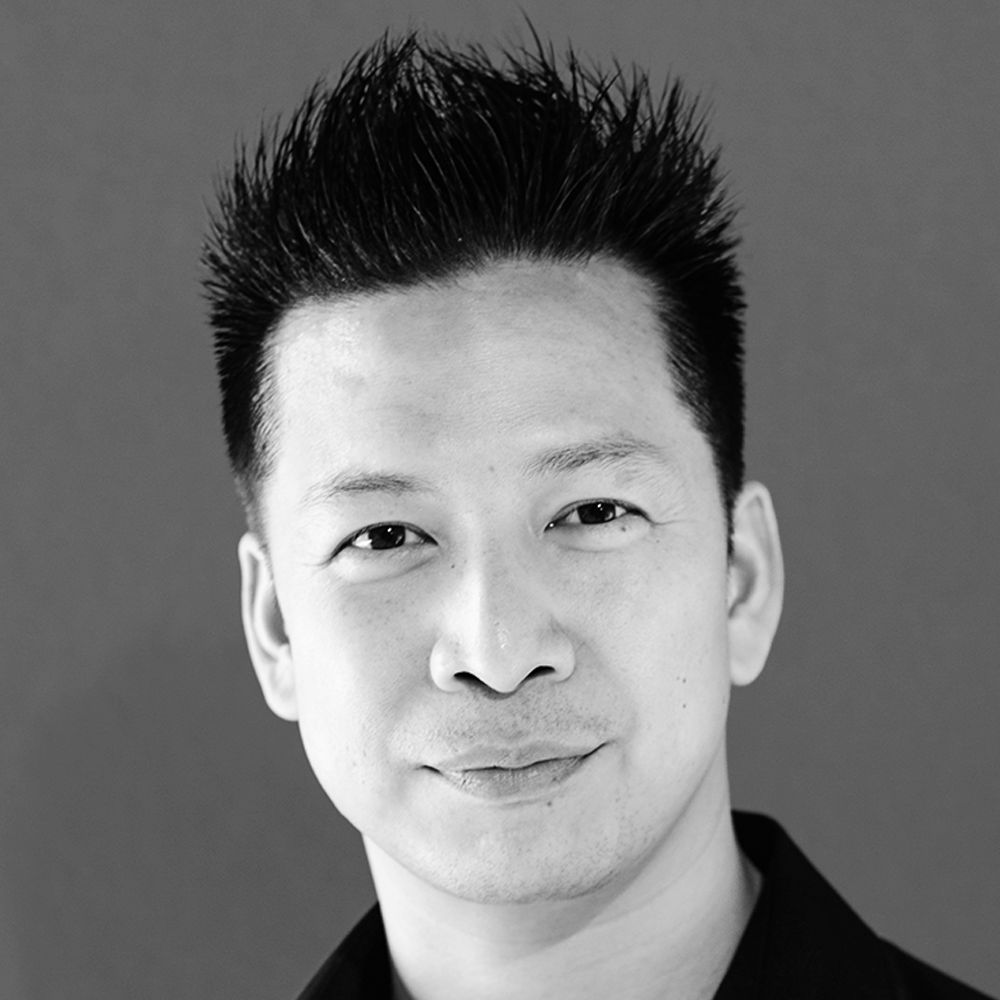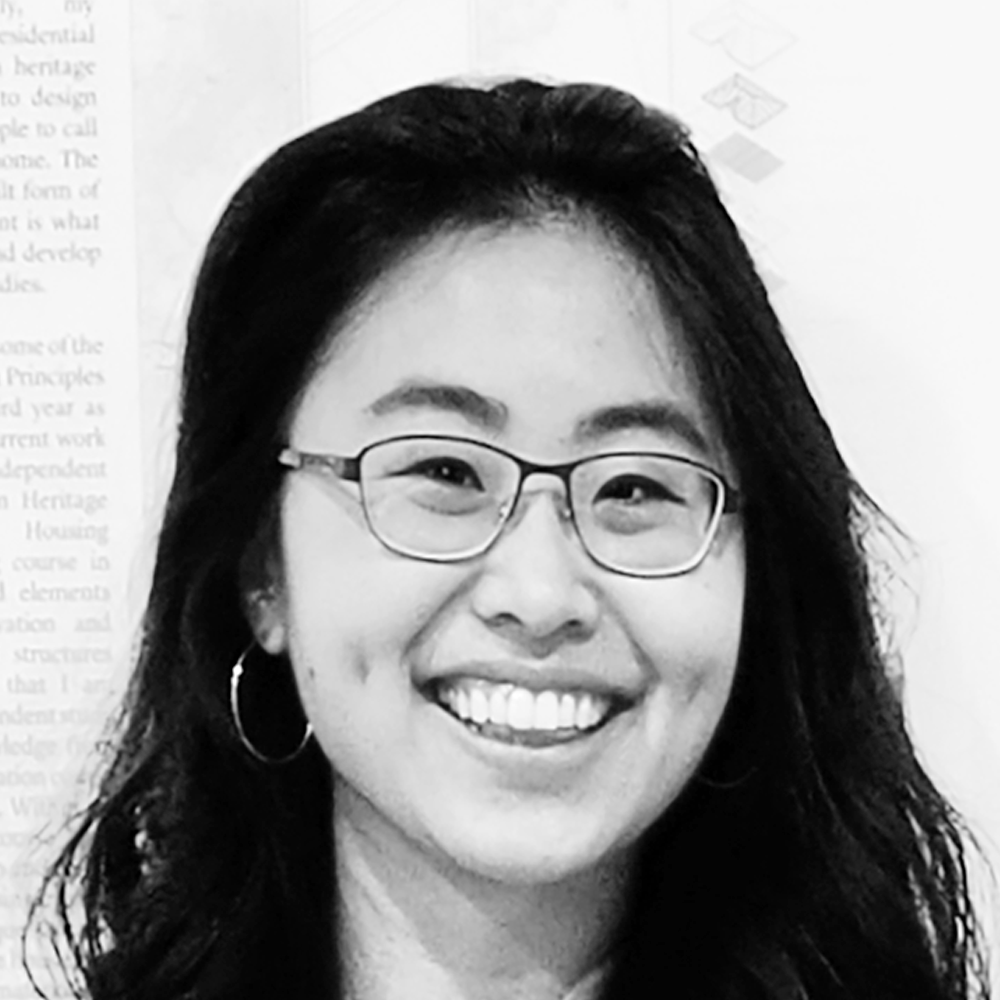Session 7B – Computational Design Education
Wednesday 31 March, 16:00 – 17:30 // Session Chair: Patrick Janssen
273 – A Comparative Analysis of the Tool-Based versus Material-Based Fabrication Pedagogy in the Context of Digital Craft
Wednesday 31 March, 16:00, Session 7B
Sammar Allam, Modern Sciences and Arts University
Sema Alacam, Istanbul Technical University
This study presents the comparative analysis of two undergraduate courses which focus on introducing digital fabrication to design students. The duration of the compared courses are 5 weeks and 7 weeks respectively. The study employs action research methodology, while the theoretical lectures, weekly exercises, materials, fabrication tools and techniques, and students’ outcomes were used as data sources. Particularly the material-based pedagogy and tool-based pedagogy of the compared courses are evaluated in relation with the tools, materials and techniques. The outcomes of the study is expected to provide insights for instructors and design students in the context of digital craft.

Sammar Zain Allam is PhD graduate from faculty of Engineering, Alexandria University preparing a PGCE degree from Liverpool John Moores University. She works as an assistant professor at Modern sciences and Arts university, a visiting lecturer at the Arab academy for science, Technology and maritime transport. A fellow member at IBPSA; international Buildings performance simulation association. A UN planner for climate action member. She is A board member of ASCAAD; Arab society for computational aided architectural design. A founder of SHM Studio 16, a winning studio of multiple competitions. A studio for environmental analysis and designs.
Sema Alaçam is an associate professor at Istanbul Technical University (ITU), Faculty of Architecture, where she is the Coordinator of the Architectural Design Computing Graduate Program. She received her B. Arch. degree from ITU in 2005, M.Sc. degree Architectural Design Computing Graduate Program,ITU in 2008 and Ph.D. degree from Architectural Design Computing Graduate Program of ITU in 2014. She has research experience from TU Delft, Hyperbody Research Group, ETH Zurich, Chair of Structural Design, University of Oregon, Department of Philosophy and Université de Versailles Saint-Quentin-en-Yvelines. She teaches graduate courses related to the computational design and digital fabrication approaches.
301 – Secret Whispers & Transmogrifications: A Case Study in Online Teaching of Augmented Reality Technology for Collaborative Design Production
Wednesday 31 March, 16:15, Session 7B
Garvin Goepel, The Chinese University of Hong Kong (CUHK)
Kristof Crolla, The University of Hong Kong (HKU)
This paper focusses on teaching the integration of Augmented (AR) and Mixed Reality (MR), combined referred to as Extended-Reality (XR), and photogrammetry technology into handicraft using an online-taught digital fabrication workshop as an educational case study. Set up in response to restrictions from Covid-19, workshop “Secret Whispers & Transmogrifications” had students and instructors around the world participate in a course that challenged our understanding of educating craft and technology without the necessity of physical presence. The integration of AR into craftsmanship enhances architectural design and fabrication processes as it overlays computation-driven information onto the hands of the end user. These computer-numerically-controlled workflows incorporate and rely on manual actions as an integral part of a process that is typified by inevitable, unpredictable, human error. In doing so, the workshop questions common infatuation with precision in digital fabrication and construction by striving for alternative approaches that embrace the inaccuracies and imprecisions innate to technologically-augmented human craftsmanship. Participants took part in a hands-on clay modelling “secret whispers” experiment that was designed to introduce theoretical concepts and applications of XR technology into the production workflows. This paper concludes by highlighting that the accessibility of today’s technology enables AR-enhanced craftsmanship to be successfully taught remotely and online.

Garvin Goepel is a PhD researcher at the Chinese University of Hong Kong (CUHK) specializing in Augmented Reality (AR) implementation in fabrication and design processes. He received his Master of Architecture degree with distinction from die Angewandte Studio Greg Lynn, with thesis “AUGSTRUCTION”. His work has been published in leading conferences including ACADIA and he taught AR and design workshops at multiple international institutions. He gained academic experience by researching at CUHK, with Kristof Crolla, focusing on bending active bamboo grid shells and collaborative holographic fabrication techniques. From spring-summer in 2020, he joined the ETH’s Block Research Group.

Dr. Kristof Crolla is an architect who combines his architectural practice, Laboratory for Explorative Architecture & Design Ltd. (LEAD), with an Associate Professorship at the University of Hong Kong (HKU). His work focusing on the strategic integration of latest technologies in the architectural design and implementation process has received numerous design, research and teaching awards and accolades, including the RMIT Vice-Chancellor’s Prize for Research Impact— Higher Degree by Research. He is best known for projects “Golden Moon” and “ZCB Bamboo Pavilion,” for which he received the World Architecture Festival Small Project of the Year 2016 award.
116 – Mass Participatory Design on the Web: A Voxel-Based 3D Modelling Approach
Wednesday 31 March, 16:30, Session 7B
Anna Claudia Yenardi, National University of Singapore
Patrick Janssen, National University of Singapore
The traditional participatory design approach has its physical limitations regarding the number of workshop participants and visualisation tools used. In order to get the input from more people and to enable three-dimensional design visualisation, an online web-game is developed as a mass participatory design tool. For the purpose of this research, a specific social issue regarding the ”Not In My BackYard” (NIMBY) attitude in Singapore was chosen as a vehicle. The results from a small pilot test group of a prototype shows that the participants find this approach engaging. The game also has a potential in terms of recording participants’ design and attitude inputs.

Anna Claudia Yenardi is a final year Master of Architecture student at the National University of Singapore with a specialisation in Design Technology and Sustainability. She is an aspiring architect with a penchant in mathematics, computational modelling, and game design. Anna received the ASEAN Undergraduate scholarship for her Bachelor of Arts (Architecture) in the National University of Singapore.
Patrick Janssen is an Associate Professor at the Department of Architecture at the National University of Singapore and is the Director of the Design Automation Laboratory. He is also Adjunct Associate Professor in Automation in Urban Planning and Design at the 3D GeoInformation research group at the Department of Urbanism, Faculty of Architecture and the Built Environment, TU Delft. He received his PhD from Hong Kong Polytechnic University, his MSc in Cognitive Science and Intelligent Computing from Westminster University, and his AA Diploma from the Architectural Association. Patrick conducts research into computational methods and tools for design exploration optimisation.
412 – The Digital Design Build: Modes of Experiential Learning in the Pandemic Era
Wednesday 31 March, 16:45, Session 7B
Tatiana Estrina, Ryerson University
Vincent Hui, Ryerson University
Lena Ma, Ryerson University
In recent years, academia has deviated from the lecture-based model to a hybridized system of instruction and experiential learning. Experiential learning aids students in understanding collaborative processes in architectural praxis and exposes them to engaging learning opportunities, a critical component of architectural studio education (Nijholt et al. 2013). During the COVID-19 outbreak, students are barred from accessing on-campus facilities. This causes a redevelopment of curricular delivery and disrupts experiential learning which heavily relies on in-person interaction. It is imperative for instructors to retain experiential learning the transition to virtual instruction. This paper explores experiential learning within virtual platforms for instruction. By outlining the implementation of technologies, capitalizing on connectivity, and maximizing opportunity for digital problem solving, the authors posit a framework that other educators may adopt. The paper concludes with a case study of a virtual design-build project, and the various techniques implemented in retaining experiential learning during the pandemic.

Tatiana Estrina is a Research Assistant at Ryerson University in Toronto. Along with several years of research experience, she has had her design work displays in several exhibits including the 2019 Icebreakers Festival, 2018 Grow Op Exhibition and the Whitchurch-Stouffville Museum. She has been able to win various honors, most notably three placements in the ACSA Design Competitions as well as several academic awards. Her exhibitions have also won awards including Ontario Museum Association Award of Excellence in Exhibitions and the Seed Development Award. She has been a part of several publications on virtual reality experiential learning.

Vincent Hui holds several degrees including a Masters of Architecture and Masters of Business Administration. As a faculty member at Ryerson University, he teaches a variety of courses, from design studios to advanced architectural computing and digital fabrication. He has been awarded several teaching distinctions, including the Ontario Confederation of University Faculty Associations’ Teaching Award and the President’s Award for Teaching Excellence. He has cultivated an extensive record of research on design pedagogy, advanced simulation, and technological convergence. He currently serves as co-director of Ryerson University’s Design Fabrication Zone where he has mentored several award-winning projects and innovative startups.

Lena Ma’s experience at Ryerson University’s Architectural Science program has opened a variety of extra-curricular and volunteer opportunities that capitalize on community building and methods of learning. Some of these initiatives within Ryerson University include partaking in 325 Magazine, constructing local student design-builds, and participating in mentoring initiatives. Externally, Lena has had the opportunity to assist in PhD research on the subject of Architecture and Memory, participate in several architectural competitions, and conduct research initiatives. Some of her most notable work has been awarded the Minto Sustainability and Ontario Association of Architects Awards.
290 – Traversing Unknown Territories: Notes on Researching the Learners’ Experience of Real-Time Virtual Engines in the Architectural Design Studio
Wednesday 31 March, 17:00, Session 7B
Tane Moleta, Victoria University of Wellington
This paper explores the role of real-time-virtual-engines (RTVE) in contemporary architectural education. The research is a response to the increasing footprint virtual reality (VR) has begun to forge in the studios of architecture programmes. This paper stipulates that the use of RTVE in architecture is unique to CAAD research given the student motivation to ‘create with’ and ‘for’ VR. Presenting the results of two literature reviews that question: how does use of the Real-Time Virtual Engine shape the students learning experiences in the architectural design studio? The initial results are undertaken as a narrative literature review. This work uncovers the role of RTVE and ties it to a number of established educational frames. The subsequent search was undertaken using the systematic literature review framework. The knowledge generated from this piece of research locates that there is a substantial lack of empirical data exploring the experiences of student use of RTVE in the architectural design studio.
Tane Moleta is a Senior Lecturer in Interdisciplinary Digital Design Technologies and Faculty Curator at Victoria University of Wellington, New Zealand.